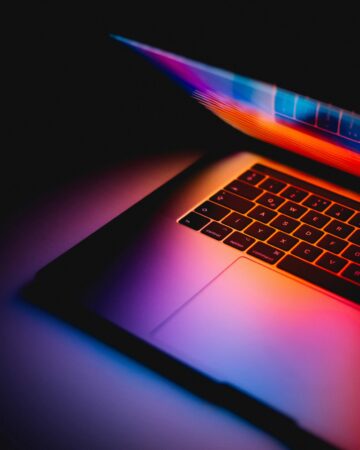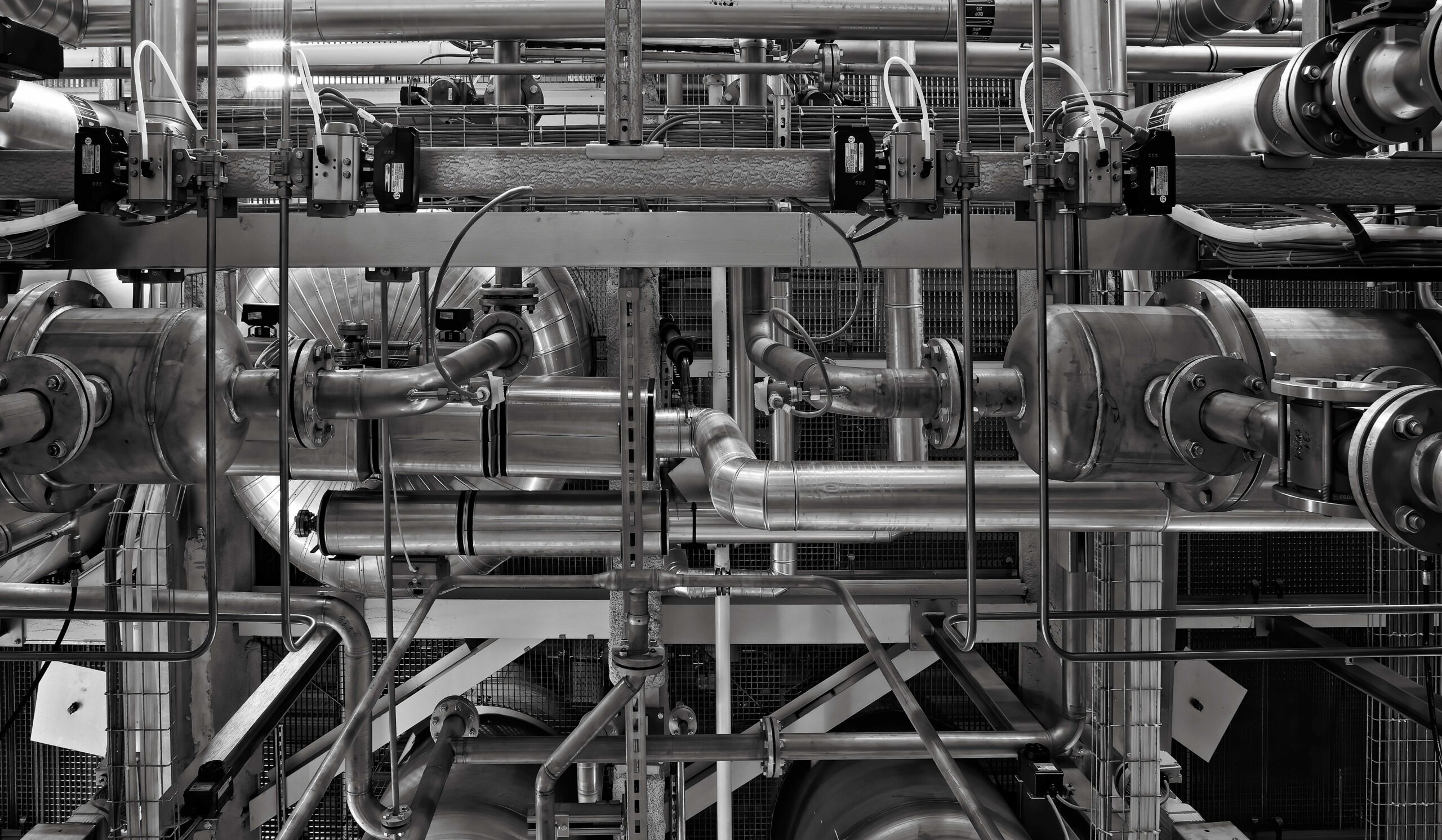May 13, 2017
October 21, 2025
May 13, 2017
Selecting and using a maintenance computer system …
Improving existing systems Because replacing a maintenance computer system is a major, and somewhat disruptive project, if your existing system is not providing the value you require it is worth looking at alternatives.
May 13, 2017
Selecting and using a maintenance computer system …
System selection Maintenance software comes in all shapes and sizes, from simple work order systems to specialized software for managing preventive maintenance programmes to full-fledged equipment and maintenance management systems, often as a
May 13, 2017
Selecting and using a maintenance computer system …
The maintenance computer system project The selection and implementation of maintenance software must be a Maintenance project, not an IT or accounting project. The project manager should be a strong leader who understands
May 13, 2017
Selecting and using a maintenance computer system …
Business processes. Every single piece of data entered into the maintenance computer, or on a form, label or other document that is used in Maintenance, must be a part of a business process
May 13, 2017
Selecting and using a maintenance computer system …
This article is Part 1 of five parts about maintenance computer systems (or “CMMS”, for Computerized Maintenance Management Systems, an abbreviation I avoid because many people don’t know what it stands for). The
May 13, 2017
Preventive Maintenance – two kinds
If “Preventive Maintenance” (PM) is defined as any maintenance activity that prevents breakdowns, it would logically include the following three kinds of maintenance. 1.a. Any maintenance activity that extends the life of
May 13, 2017
Pareto Power in Maintenance
Some of the most important activities in Maintenance require a very large commitment of time and effort. Examples include naming all stock items and all equipment, setting up PM programmes and developing spare parts lists.
May 13, 2017
Optimum maintenance
Its obvious that too much money can be spent on maintenance, and it is also obvious that no maintenance at all is not enough, so it stands to reason that somewhere in between
May 13, 2017









